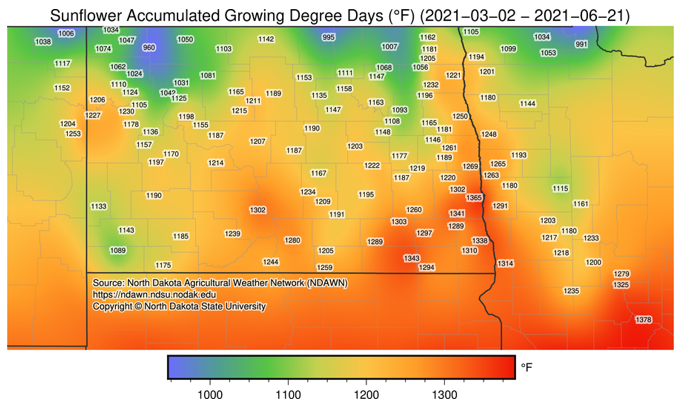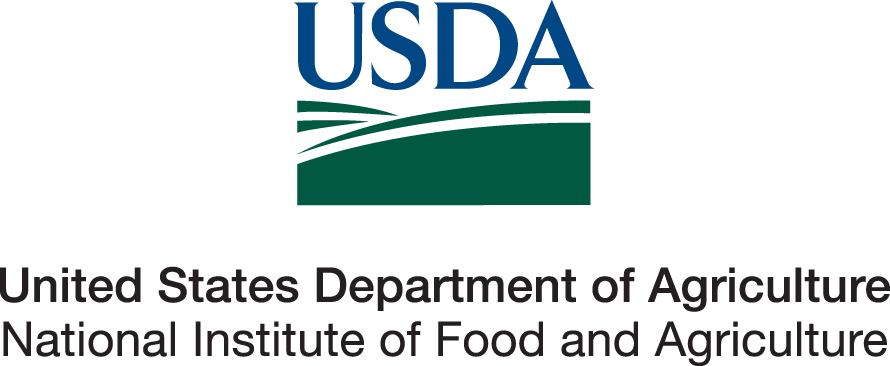Leafy Spurge Flea Beetles (06/24/21)
Leafy spurge is flowering and land managers are interested in obtaining leafy spurge flea beetles (Aphthona species) for biocontrol of this noxious weed. Leafy spurge flea beetles are an effective means of controlling leafy spurge in North Dakota. This group of flea beetles is host-specific to the leafy spurge plant, which makes them an ideal biological control choice.
The accumulated growing degree days (AGDD) for sunflower (base of 44 F) can be used as a guide to determine when to begin scouting for adult flea beetles. Begin scouting for adult flea beetles when the AGDD approaches 1,000. Flea beetles should be collected between 1,200 and 1,600 AGDD using the sunflower GDD model from NDAWN. Adult flea beetles can be collected with sweep nets. Due to the warmer than normal spring, emergence of leafy spurge flea beetles will be earlier this year. As of June 21, only the southeast and south-central areas of North Dakota have accumulated enough growing degree days (GDD) for collecting for adult leafy spurge flea beetles. Use the sunflower degree days/growth stage application on NDAWN website. Enter “2021-03-01” for the planting date and select “degree day” for map type.
After late July (or 1,600 AGDD), flea beetles begin to lay eggs and should not be moved or collected. Leafy spurge flea beetles typically take three to five years to establish and impact leafy spurge infestations.

To find collecting sites for leafy spurge flea beetle, contact your local county weed office (number listed in local phone book). Leafy spurge flea beetles also are available commercially for purchase at Biological Control of Weeds or WeedBusters BioControl in Montana.
For more information, see the NDSU Extension publication on Leafy Spurge Control Using Flea Beetles (Aphthona spp.) (W1183 (Revised)).
Extension Entomologist


